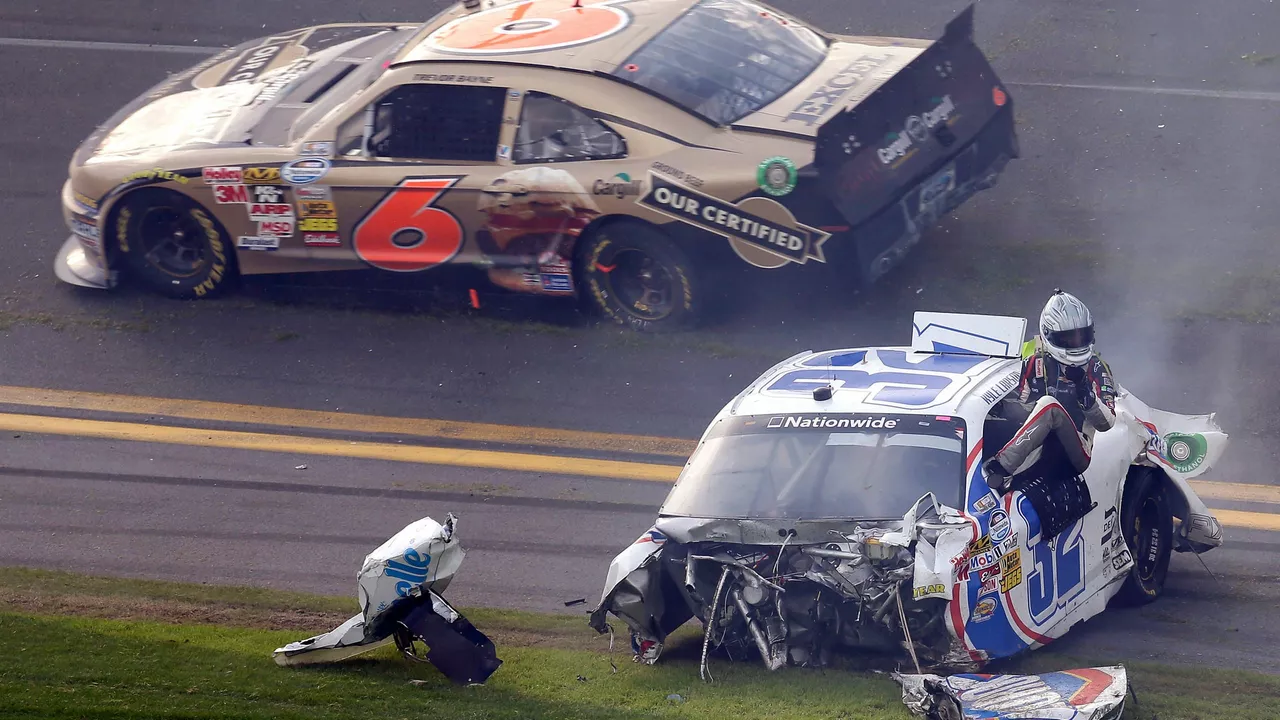
Understanding Racing Cars and High Speed
When people think about racing cars, they often picture high-speed chases and heart-stopping spins. But despite the high speeds, racing cars rarely get into accidents. This might seem counterintuitive at first. After all, isn't speed one of the main causes of road accidents? The answer lies in the unique design and features of racing cars, as well as the stringent rules and regulations that govern car racing events.
The Role of Aerodynamics in Racing
One of the main reasons why racing cars rarely get into accidents is due to their aerodynamic design. Unlike regular cars, racing cars are designed to cut through the air with minimal resistance. This not only helps them achieve high speeds but also provides stability. The shape of the car, the spoilers, and other aerodynamic features all work together to keep the car grounded and reduce the likelihood of an accident. The tires of racing cars are also different, designed to provide maximum grip even at high speeds.
Importance of Driver Training and Experience
Another crucial factor that reduces the risk of accidents is the high level of training and experience that racing drivers have. They are trained to handle high speeds and sudden changes in direction, which are common in racing events. They are also taught how to read the track and anticipate potential dangers. This means that even when they are driving at breakneck speeds, they are in control and can take evasive action if necessary.
The Impact of Strict Racing Regulations
Car racing is a highly regulated sport. There are strict rules regarding car design, driver behavior, and track conditions. These rules are designed to ensure the safety of the drivers and the spectators. For example, there are rules that limit the maximum speed of the cars, rules that require the use of safety equipment, and rules that dictate the conditions under which a race can be held. These regulations play a significant role in reducing the risk of accidents.
Advanced Safety Features in Racing Cars
Racing cars are equipped with a variety of advanced safety features that further minimize the risk of accidents. These include sophisticated braking systems that allow the car to stop quickly, advanced suspension systems that provide stability at high speeds, and high-tech steering systems that give the driver precise control over the car. In addition, racing cars are built with strong safety cells that protect the driver in the event of a crash.
Track Design and Maintenance
The design and maintenance of the race track also contribute to the low accident rate in car racing. Tracks are designed with safety in mind, with features like wide turns, run-off areas, and safety barriers. They are also meticulously maintained to ensure that there are no hazards like debris or potholes that could cause an accident.
Emergency Response and Precautionary Measures
Finally, the presence of an efficient emergency response team and the adoption of precautionary measures also play a role in preventing accidents. In case of any mishap, the response team is immediately on the scene to provide medical assistance and control the situation. The races also often have safety cars that lead the pack during dangerous conditions, and red flags that can stop the race if necessary. All these factors combined explain why racing cars rarely get into accidents despite their high speeds.




